The transplanting tomatoes it is a simple operation, after which, however, it is important to lend the right ones plant care. Young seedlings are in fact very delicate, and it is therefore essential to take action to ensure that they grow in the right way. Therefore, there are cultivation operations to be carried out already in the first weeks of the plants’ life. These, if done well, will facilitate all subsequent work, both for the farmer and for the plant itself. In fact, taking care of a tomato field is simple only by intervening at the right moments, without waiting for time to pass inexorably.
We see in this article the first care to be given after transplant to tomato seedlingsso as to make them strong, healthy and productive.
Transplanting tomatoes and irrigation
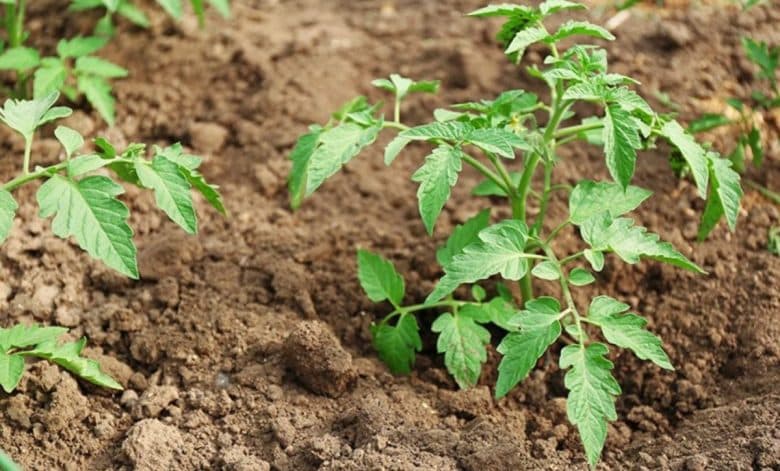
After transplanting the tomatoes into the garden, the seedlings need to be watered regularly. The root system must begin to form and good soil moisture is therefore necessary. However, do not overdo it by flooding the soil, it would be a very serious mistake. The roots, in fact, must be stimulated to expand to look for water. Overdoing the irrigation in a sense gives them the convenience of not having to “move” creating problems in the future. Therefore, it is better to give little water and frequently, than to do exaggerated irrigations, which also risk causing rot.
Furthermore, the first irrigations will give you the opportunity to know your terrainto understand if it absorbs water or if, conversely, it stagnates.
Direct observation, and therefore experience, are the best school to learn how to cultivate a vegetable garden.
Place the supports after transplanting the tomatoes
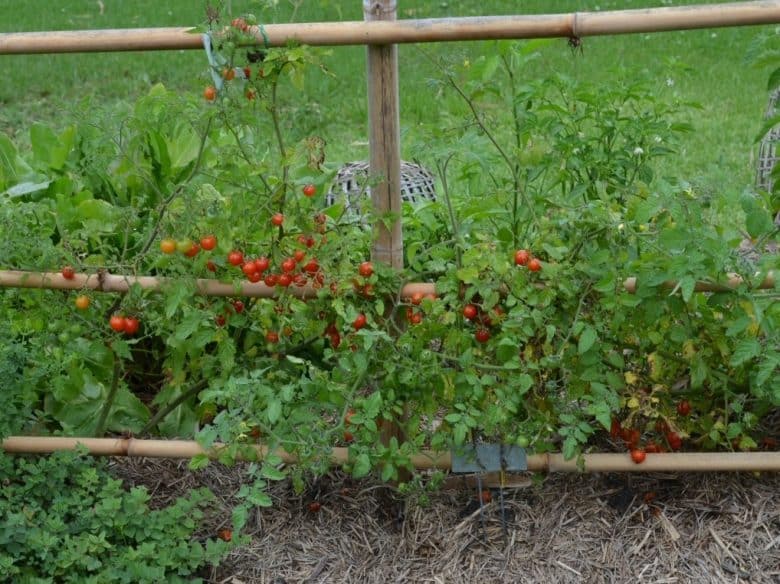
Not all tomato varieties are created equal. There are those with specific growth (usually tomato sauce), which give life to plants of medium to small size, which do not require support. And then there are the varieties with indeterminate development (salad tomatoes and cherry tomatoes), with large plants, in need of support.
Therefore, among the treatments after the transplant, for the variety of the second case, there is certainly the predisposition of the supports.
This is done quickly, without waiting for the plants to get too big. The support must in fact accompany the growth of the plants, not contain it.
There are several techniques to support tomatoes: there are those who use them bamboo canes (like these), some the system of binding with vertical threads, still others the palisade accompanied by bindings. The important thing is to act immediately, if you bind plants that have already grown, in fact, during handling you risk breaking them.
Transplanting tomatoes and weed control
Immediately after the tomato transplant is the right time to fix the natural mulch for the weed control. This is a technique that allows us to limit the growth of weeds in a completely natural way. The mulch layer can be made of straw, sheep’s wool, foliage, etc. There are those who choose to use gods jute sheets you hate plasticin this case the mulching is done before transplanting.
Weeding and tamping
To limit the presence of weeds, not everyone chooses mulch. There are those who prefer to do the weedingwith the classic hoe or with the modern clod breaker-weeder. To prevent the weeding operation from becoming a nightmare, however, it is necessary to act immediately, when the first weeds appear. This will make it easier to remove them.
The weeding can be accompanied by a light one tamping of the ground at the base of the plant collar. The tomato has the ability to emit new adventitious roots on the stem, therefore this operation is very profitable for reinforcing the young seedlings.
The depemminellatura
Among the first treatments to be done after the transplantation of tomatoes is the removal of seeds (or scacchiatura). This is an operation to remove excess shoots, so as to allow a balanced and regular development of the plant. The seedling improves the quality of the tomatoes, favoring the fruiting of the plant, rather than the vegetative growth.
In the first weeks of life, the spotting is quite intense, as the plant tends at first to emit many new shoots. With a good initial scacchiato the shape is given to the plant and its growth is directed.
Preventing pests on transplanting tomatoes
Tomatoes also suffer from the presence of parasites. And there are some specific ones like the absoluta tomato suit. It is a small butterfly that lays its eggs on the vegetation and whose larvae feed on the fruits, digging terrible tunnels.
Fortunately, this butterfly is harmless to plants in the early stages of life. Unfortunately, however, it causes serious damage to the fruits of adult plants. If you want to avoid such damage, you must act well in advance, when the butterflies are still at the beginning of the cycle. In the case of the absoluta suit, we intervene by placing some pheromone traps (like these), which attract male specimens avoiding proliferation. It is important to place them, as this prevention can save the entire crop inexpensively. And those who really want to grow organically should always think in the perspective of prevention and not of cure.
Prevent fungal diseases on transplanted tomatoes
Fungal diseases are also prevented within a few weeks of transplanting tomatoes into the garden. The most frightening cryptogamic disease of tomatoes is the infamous downy mildew. Prevention of downy mildew is usually done using copper-based products on the market, such as these (the best known is verdigris). There are different types, but if you have the time and desire you can also make them at home for free and with little effort. Here you will find the instructions to do the Bordeaux mixture.
Warning: on the label of these products it is indicated that they cannot be used during the flowering period. This is because they are harmful to pollinating insects such as bees and bumblebees. Keep in mind that in tomatoes, flowering is continuous and starts very early. Therefore, if you want to prevent downy mildew using copper, you must perform the intervention in the first weeks of the plant’s life, when the first flowers have not yet blossomed.
Conclusions
As we have seen, there are many cultivation operations to be done for the care of tomatoes after transplanting. Starting off on the right foot is the best prerequisite for a satisfying harvest. However, it is also important to follow the right precautions for growing tomatoes. The advice is therefore to read our in-depth article.

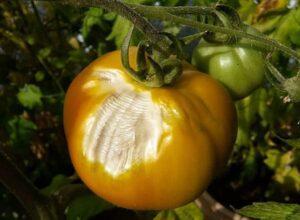
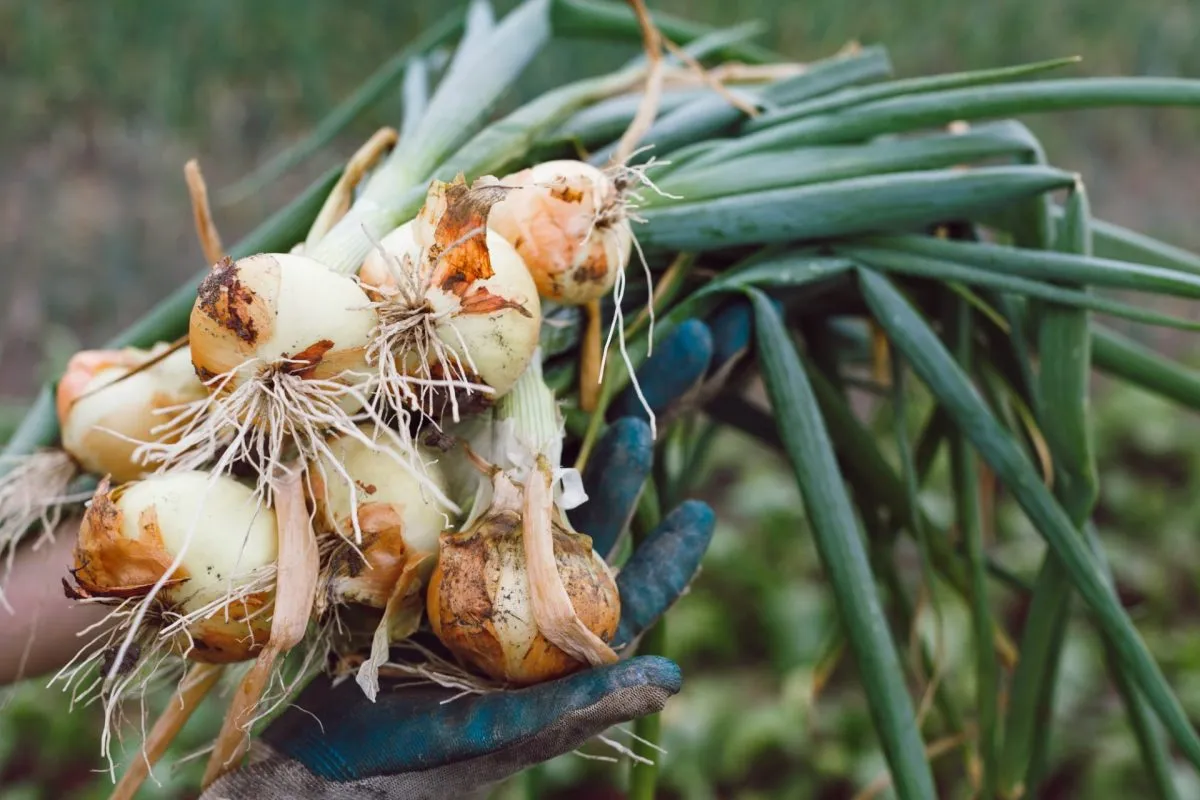
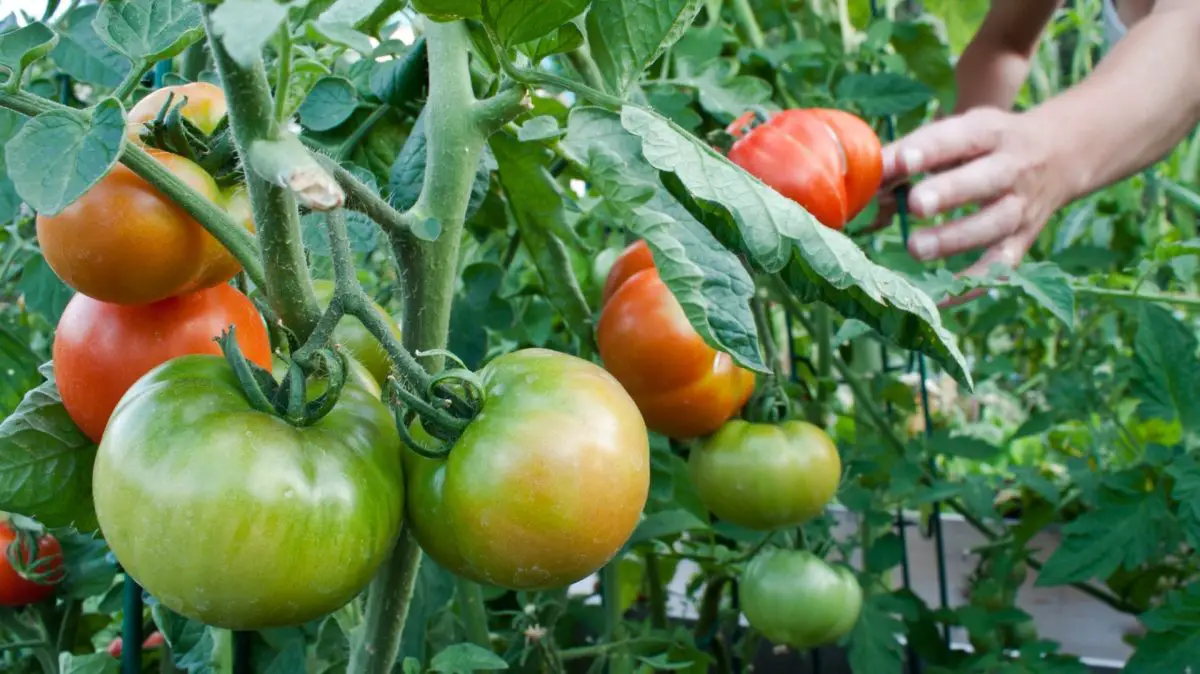
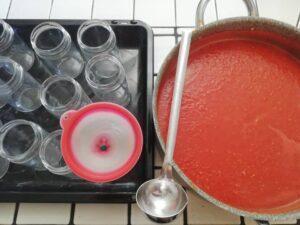
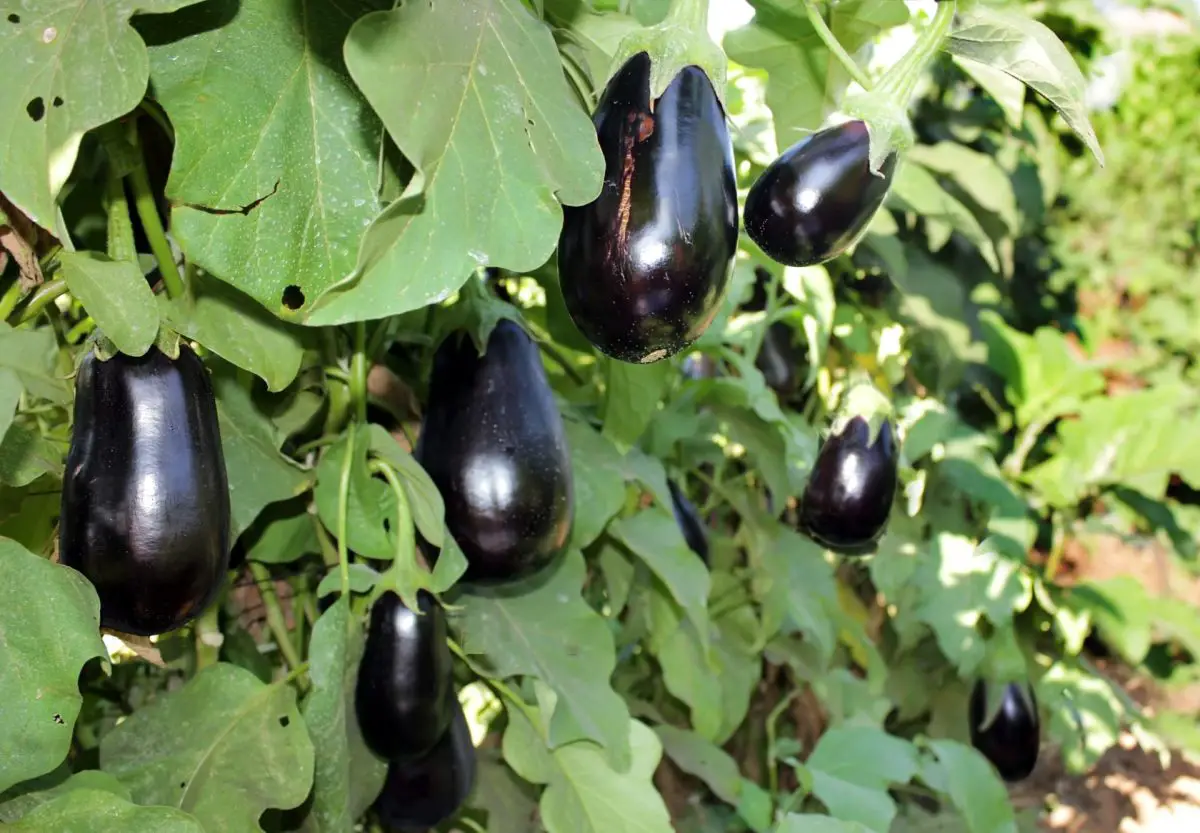
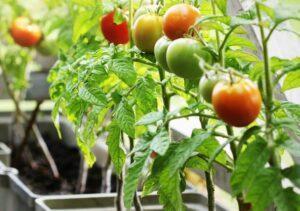
Start a new Thread